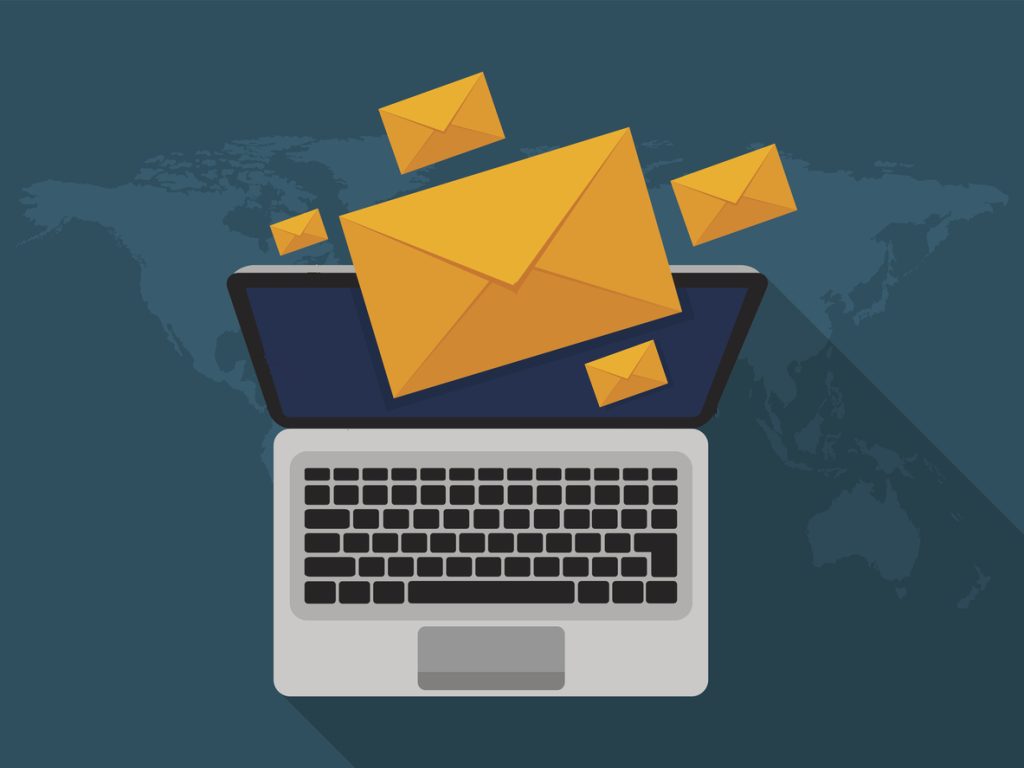SHARE

Email is still a workhorse for B2B marketers. In fact, according to a Salesforce State of Marketing report, 73% of B2B marketers say email marketing is essential to growing their business. With the explosion of MarTech solutions, such as marketing automation and ABM platforms, email measurement can get uber-granular, enabling multichannel attribution. Yet, as noted in Media Post’s The Email Edge, many marketers still measure click-through and open rates as their primary metrics for success.
To find out, we spoke to the Global Director of Demand Generation at a well-known Silicon Valley technology company to better understand how they’re approaching email marketing measurement. This demand gen marketer has been in the business for 25 years and has worked with some of the most well-known global security technology brands in the world.
What are B2B marketers doing wrong when it comes to email measurement?
First of all, before you get to measurement, you need to understand your audience. In my own inbox, 90% of what I receive are pitches with no value. Companies cast a wide net and push sketchy messages that don’t resonate. I’m sure these organizations have marketing automation, but they just utilize it as an email blast machine. Cutting through the noise is the greatest challenge. And rather than strategically solve that challenge, marketers get lazy and don’t segment their audiences and provide relevant content.
Is email typically a part of integrated programs or do you conduct “email only” campaigns?
For acquisition, we use email as part of an integrated program. This is particularly critical in EMEA, where email regulation and anti-spam rules continue to get stricter. But we live in an omni-channel world now. Utilizing only one channel won’t meet your objectives because it’s no longer how people find and consume information. Email needs to be strategically integrated into a broader effort. And now with ABM, email can be part of a highly targeted program that may consist of direct mail, retargeting and other channels that can be highly personalized to accounts and individuals within those accounts.
That said, we do have email-only programs that are usually targeted to existing leads. A “welcome” email for example. Or a variety of different nurture flows to migrate our prospects through the buyer’s journey.
How would you characterize the usage of B2B email over that past five years?
I believe email has grown in importance, but its purpose has changed. For us, email is no longer about “spray and pray” and renting a bunch of lists that generate very little response. Emails are highly targeted and segmented. We primarily target people that are in our database and were generated from many different sources, including inbound marketing, events, etc. We already have enough leads. What we need are conversions against the right leads.
The goal of email is to continue the conversation with them in the most compelling and relevant way possible. Content is key to doing this successfully. You need to spark interest based on how they’ve behaved. You can have the most beautifully designed email, written by an award-winning copywriter, but if you’re not addressing the recipients careabouts with the right content, it’s all for naught.
Are you measuring the same email KPIs as you’ve always measured?
The traditional KPIs such as open, click-through rates, bounces, etc. still hold true and provide meaning to the effectiveness of email. But now we can look at engagement—what did they click on in the email? What was their post-engagement path? What content did they consume?
Traditional email metrics provide only one aspect of a 360-view into a prospect’s or customer’s behavior. You may think a low-performing email based on the traditional KPIs was a failure, but if several of those people clicked through to an offer, went to our site, watched a webinar, spoke to a sales rep, and converted to a sale, it was actually a success.
What are the biggest challenges when capturing email metrics?
As the saying goes, you can’t manage what you can’t measure. We’re not perfect. Email revenue attribution is a challenge and we’re working through it. We assign a number to every email responder based on what they downloaded and provide a lead score based on content engagement and content type. We still have a ways to go, but it’s a start and moves us beyond the “same old, same old” email metrics.
The executive team wants to see how email is helping the bottom line. Like many of organizations, it’s difficult to connect the dots. But our ideal goal is not to just show email-centric metrics, but to show how email contributed to meeting our business goals.
What’s your methodology for reporting email results?
We have gaps in our reporting, but we’re getting better. We developed a metrics dashboard that consolidates our various email efforts into a single view that provides all the detail we need. And we’ve put a process in place to ensure that data that we capture is clean—eliminating test emails, for example.
I review data with my team regularly, but we also have a separate reporting structure for the executives. Most executives don’t care about the detailed metrics like the geek in me, so we modify and present the data based on the audience and their objectives.
While this is not a KPI question, it does have an implication on results: Do you have contact rules in place?
The number of email touches is an important variable that impacts results. Many organizations don’t have a view into how many emails someone receives in, say, a week. Only the recipient knows. And that’s often because no one person owns the database.
We have rules that determine how many emails can be sent to someone in a given timeframe. We need to place our internal list request early as there are caps on how many times someone can be emailed. Equally important, we also have rules around exclusions. This is an area where I think we can improve and we keep an eye on our opt-out rates, which oversaturation contributes to.
What segmentation strategies have you found to be successful for emails?
We continue to iterate and test various segmentation strategies to determine which drive the best results. But we’ve found a couple that have worked well for us:
- Vertical use cases that use industry language and are based on recipients’ unique pain points and objectives.
- Developing detailed personas, which allows us to refine our message and select the best offers, from acquisition to nurture.
Do you test? If so, what variable have you found to be most effective?
We do test, but not as frequently as we should. That’s primarily due to resource constraints. I know we’re not alone in this, but our business is very fast-paced and that poses several challenges. While we have a Marketing Ops team to help, testing is a detailed and sometimes lengthy process. Plus, I have a younger team that is still learning what to test and how.
We need to continually test to improve decision making and performance. But I can’t and won’t test everything. We prioritize what to test based on the effort required and the potential impact on results. Additionally, we often launch micro-campaigns, which requires a certain volume to be statistically significant with test results.
Do you read out results with stakeholders and sales?
Yes, Marketing Ops captures data in our dashboard and sends it to me. I meet with my campaign managers regularly to review the data and share the findings. This is critical because each campaign manager is working on his or her own programs. By sharing the data collectively, we each learn from each other and leverage what works and what doesn’t. I provide the highlights to my VP and in turn, he provides an overview to the executive team. As mentioned, some executives like to get into the details, but most want a summary.
Email continues to be a powerful tool to drive demand and analytics are vital to its ongoing improvement. As email metrics change, it’s critical that demand generation marketers continue to evolve their measurement tools and methodologies. That is the best way to maximize email’s impact on the bottom line.
Subscribe for Content Strategy Trends and Guidance
Get our monthly e-newsletter with Tendo’s latest thought leadership and content resources for B2B leaders.




